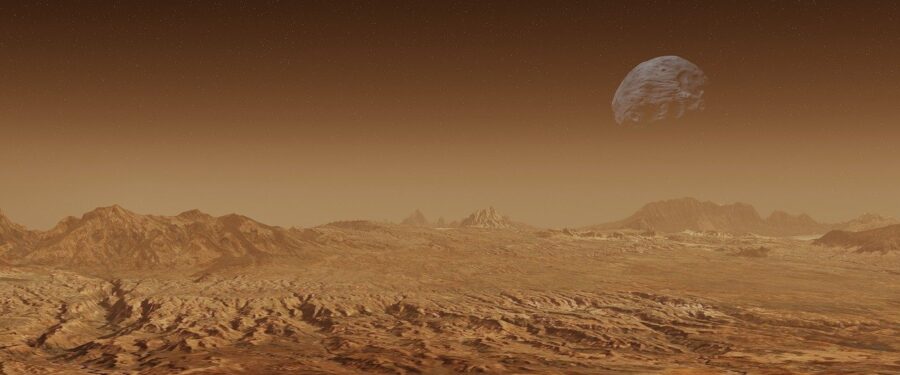NASA Releases Wild Sounds Of Meteorites Hitting Mars
NASA's audio recordings of meteorites hitting Mars sound more like pebbles hitting water than impacts.
This article is more than 2 years old
If movies like Armageddon or Deep Impact are to be believed, asteroids and meteors hitting the planet would cause catastrophic destruction that would end all life on the planet. But meteors break up in our atmosphere all the time, and we’re not the only planet that experiences this phenomenon. As reported by Futurism, NASA just released an audio clip of a meteorites hitting the planet Mars and creating multiple craters, and the impact doesn’t sound catastrophic; it sounds more like dropping a pebble into water (you can listen above).
In 2018, NASA sent the Mars Insight Lander to the planet to measure marsquakes (it wouldn’t be appropriate to call them earthquakes), which it has done for the last four years. But what the sensitive seismometer caught instead was something that had never been captured before, the impact of four meteorites on the Martian surface. While you can imagine hearing some deafening blast and maybe the destruction of the equipment followed by static or silence, instead, you hear something underwhelming, like bubbles underwater.
According to an educational video describing the never-before-heard event, the bloop sound instead of the blast sound is an effect caused by the atmosphere allowing bass sounds to travel faster than high-pitched sounds. In the sound clip, you can hear the meteorites enter the atmosphere, break into at least three pieces, and then all three of them impacting the ground. While this may seem surprising to us and maybe even a little scary to think about something like that happening here, it is a run-of-the-mill day on Mars.
A new study showed that the red planet is hit by space rocks more than previously thought, as it determined that asteroids like this hit Mars upwards of 200 times a year. While these are usually about three to six feet wide and don’t cause nearly the kind of damage that science fiction portrays, they happen often enough that they can drastically change the surface. Earth is not immune from this phenomenon, but our atmosphere breaks them up, whereas Mars’ thinner atmosphere does little to stop them.

Following the impact, NASA’s Mars Orbitor used its HiRISE and context cameras to get in position over the impact area and capture images. What they found were three impact craters, helping them come to the conclusion that the meteor broke up into at least three pieces and slammed into the surface. While these were the first impacts to be discovered by the scientists at NASA, they have since gone on to discover many more, giving them an idea of Mars’ history and inner structure.
This is a historic moment in the study of our nearest neighbor, and there is a lot to learn from the smallest bits of data. Of course, if Elon Musk plans on moving humans to Mars at some point, he will have to figure out a solution to the meteor problem. Imagine driving to work and getting hit by a six-foot rock falling from the sky. The more we think about it, Earth seems like a fantastic place to stay.











